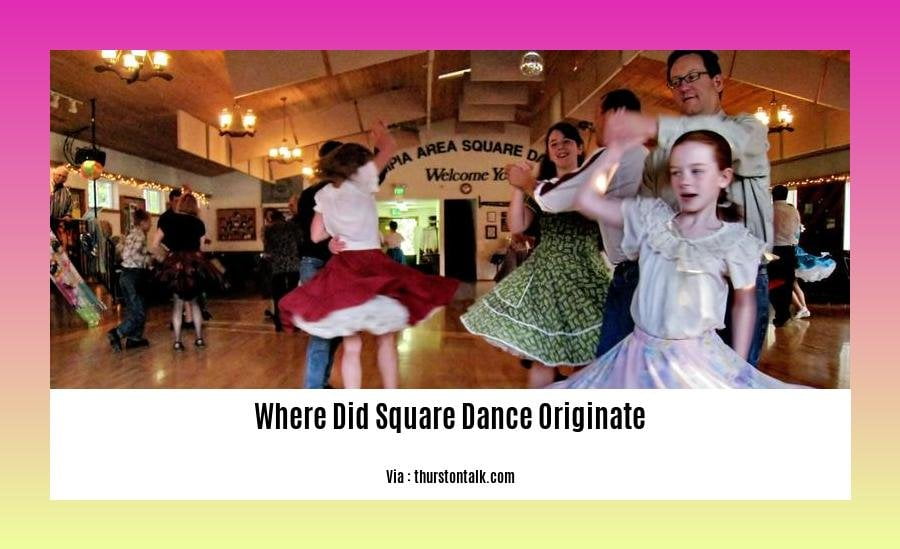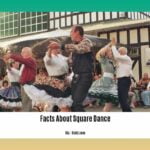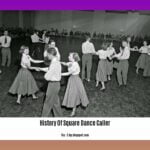Where did square dance originate? The answer to this question takes us back to a captivating journey through history, where we trace the roots of this iconic American folk tradition. From its humble beginnings in diverse cultural influences to its captivating evolution over centuries, square dance has left an indelible mark on the American social landscape. Join us as we unravel the fascinating story behind this beloved dance form in our comprehensive exploration titled [Where Did Square Dance Originate: Tracing the Roots of an American Folk Tradition].
Key Takeaways:
– American square dance has its origins in a mix of traditional European dances.
– It was introduced to America by European immigrants in the 19th century and flourished there.
– The dance has strong historical and cultural links to the American South and West.
Where Did Square Dance Originate?
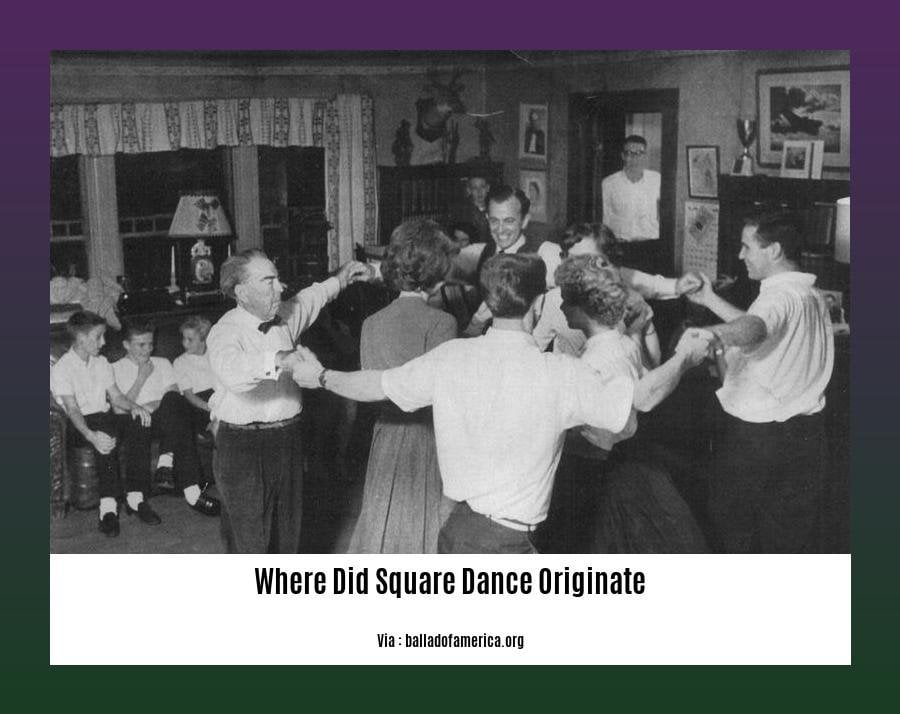
Imagine this square dance legacy that captivates across America. Its infectious rhythm, graceful moves, and spirited camaraderie beckon us on a journey to its vibrant roots.
European Ancestry
Square dancing is a harmonious blend of traditional European dances that crossed the Atlantic with early settlers. Picture the lively Morris Dance from England, where dancers wield sticks and handkerchiefs, and the quadrille from France, where couples formed square formations.
American Evolution
Upon arriving in America, square dance took on a new life. In the 1800s, it flourished in the southern and western regions, where diverse cultural influences infused the dance with unique flavors. By the 19th century, it had evolved into a beloved folk tradition, synonymous with community gatherings and barn dances.
Looking to dive into the rich legacy of square dancing? Check out our in-depth article on the history of square dance, where you’ll uncover the origins, evolution, and cultural significance of this captivating dance form.
Delve into the fascinating story of square dance callers, the enigmatic individuals who guide dancers through intricate sequences with their distinctive voices and energetic cues.
Explore the significant role of square dancing in educational settings with our exploration of its history in schools. Discover how this vibrant tradition has fostered learning, cooperation, and cultural appreciation for generations.
Unravel the intriguing brief history of square dancing, tracing its roots back to ancient folk traditions and its impact on American and global dance history.
Discover a wealth of captivating facts about square dance that will amaze and entertain you. From its unique terminology to its global popularity, prepare to be captivated by the hidden wonders of this beloved dance style.
Journey back to the origins of square dancing and uncover the origin of square dancing. Explore the diverse cultural influences, historical events, and societal factors that shaped its evolution into the vibrant dance we know today.
Americanization and Square Dance Evolution
Square dance holds a special place in American history, embodying the country’s cultural heritage and evolution. Its journey from European roots to becoming a beloved folk tradition is a testament to the melting pot of influences that shaped the nation.
Key Points:
- Originating in Europe, square dance was brought to America by settlers in the 17th century.
- The dance became increasingly popular in the 19th century, spreading throughout the country.
- Different styles emerged, including traditional, modern western, and contemporary.
- Square dance reflects a fusion of European settler and indigenous American influences.
- The booming trade and westward expansion led to the emergence of new dance moves and styles.
- Henry Ford played a significant role in the revival of square dancing in the 1930s.
Americanization and Square Dance Evolution:
As America grew and developed its own unique identity, square dance evolved alongside it. It became a symbol of community, patriotism, and the American spirit.
The square dance format, characterized by its quadrille structure, provided a framework for social interaction and community building. The dance’s popularity was fueled by its accessibility, allowing people from all walks of life to participate.
Over time, square dance absorbed elements from other cultures, including indigenous American traditions. The emergence of new dance styles, such as modern western, reflected the changing tastes and influences of the American people.
Conclusion:
Square dance continues to be a vibrant expression of American culture, reflecting the country’s history of immigration, diversity, and cultural exchange. Its evolution from European origins to becoming a quintessential American folk tradition highlights the enduring power of tradition and the impact of cultural assimilation.
Social and Cultural Impact
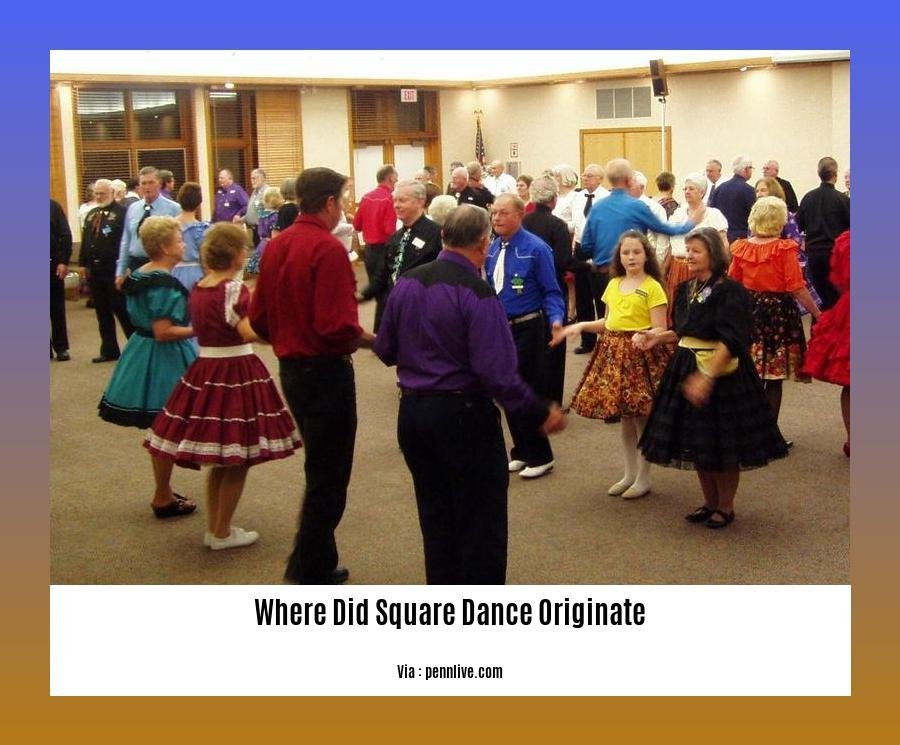
Square dancing, with its lively steps and intricate patterns, has left an indelible mark on American culture. Here’s how it weaves together the threads of community, social interaction, and cultural identity:
Bringing People Together
Social and Cultural Impact square dancing has had a profound Social and Cultural Impact in bringing people together. From barn dances to community centers, square dancing creates a sense of belonging, fostering connections and friendships across generations. It provides a shared experience where individuals can socialize, laugh, and make lasting memories.
Preserving Tradition
Square dancing serves as a custodian of cultural heritage, preserving traditional American folk art. It embodies passed-down values, customs, and beliefs, connecting us to our ancestors and our shared history. By keeping this dance alive, we safeguard a piece of our cultural fabric that would otherwise fade away.
Uniting Communities
Square dancing transcends social and economic barriers, uniting communities from all walks of life. It promotes inclusivity, allowing everyone to participate regardless of age, background, or experience level. By fostering a sense of togetherness, square dancing strengthens community bonds and creates a sense of unity.
Promoting Physical and Mental Well-being
The lively steps and energetic nature of square dancing offer a fantastic form of physical activity. It improves coordination, balance, and cardiovascular health while providing a low-impact workout. Additionally, the social interaction and upbeat atmosphere have positive mental health benefits, reducing stress and boosting mood.
Key Takeaways:
- Square dancing fosters a sense of community and belonging.
- It preserves cultural heritage and traditions.
- Square dancing unites people from diverse backgrounds.
- It promotes physical and mental well-being.
Relevant URL Sources:
- The Surprising History of Square Dancing
- The History of Square Dancing
Modern Legacy and Preservation
Square dance remains a vibrant and popular American folk tradition, despite modern social and cultural shifts. Its enduring appeal can be attributed to several factors.
Cultural Preservation: Enthusiasts and professionals have worked diligently to preserve square dance’s legacy. They have painstakingly documented its history and techniques, ensuring that future generations can appreciate and learn from this cultural gem.
Various organizations, including Square Dance Federation of California and the International Association of Square Dance Callers, play a vital role in maintaining standards, promoting education, and keeping the dance alive.
Community Bonding: Square dance fosters a sense of community, bringing people together for recreation and socialization. Clubs and organizations across the country host regular dances, providing opportunities for dancers of all ages to connect and share their passion for the art form.
Adaptations to Modern Times: Square dance has seamlessly adapted to modern times. From the evolution of caller techniques using microphones and sound systems to the emergence of new and creative choreographies, the dance has remained dynamic and engaging. Even the traditional duds – now made of lightweight, comfortable fabrics – reflect the dance’s adaptability to contemporary styles.
Key Takeaways:
- Square dance holds a special place in American cultural heritage.
- Dedicated enthusiasts have played a pivotal role in preserving its history and techniques.
- Square dance fosters a strong sense of community and inclusivity.
- It has adapted to modern times, incorporating innovative caller techniques, new dances, and comfortable attire.
Citations:
- Square Dance Federation of California
- International Association of Square Dance Callers
FAQ
Q1: Where did square dance originate from?
A1: Square dance evolved from quadrilles, a French court dance, and various English folk dances brought to America by European settlers and immigrants.
Q2: How did square dance become popular in America?
A2: Square dance gained popularity in the United States during the 19th century as it spread from the Eastern seaboard to the Western frontier, becoming a beloved form of entertainment at social gatherings.
Q3: What are the different variations of square dance?
A3: Square dance has several variations, including Southern Mountain Style, popular in the Southeastern States, which features a unique circular formation, and Modern Western Square Dance, which emphasizes precision and choreography.
Q4: Did square dance have any cultural influences?
A4: Yes, square dance has been influenced by various cultures, including European settlers, indigenous American communities, and enslaved Africans, who all contributed to its development and evolution.
Q5: How has square dance evolved over time?
A5: Square dance has undergone significant changes since its origins, influenced by advancements in communication technology, the emergence of professional callers, and a shift towards more structured and stylized performances.
- China II Review: Delicious Food & Speedy Service - April 17, 2025
- Understand Virginia’s Flag: History & Debate - April 17, 2025
- Explore Long Island’s Map: Unique Regions & Insights - April 17, 2025
